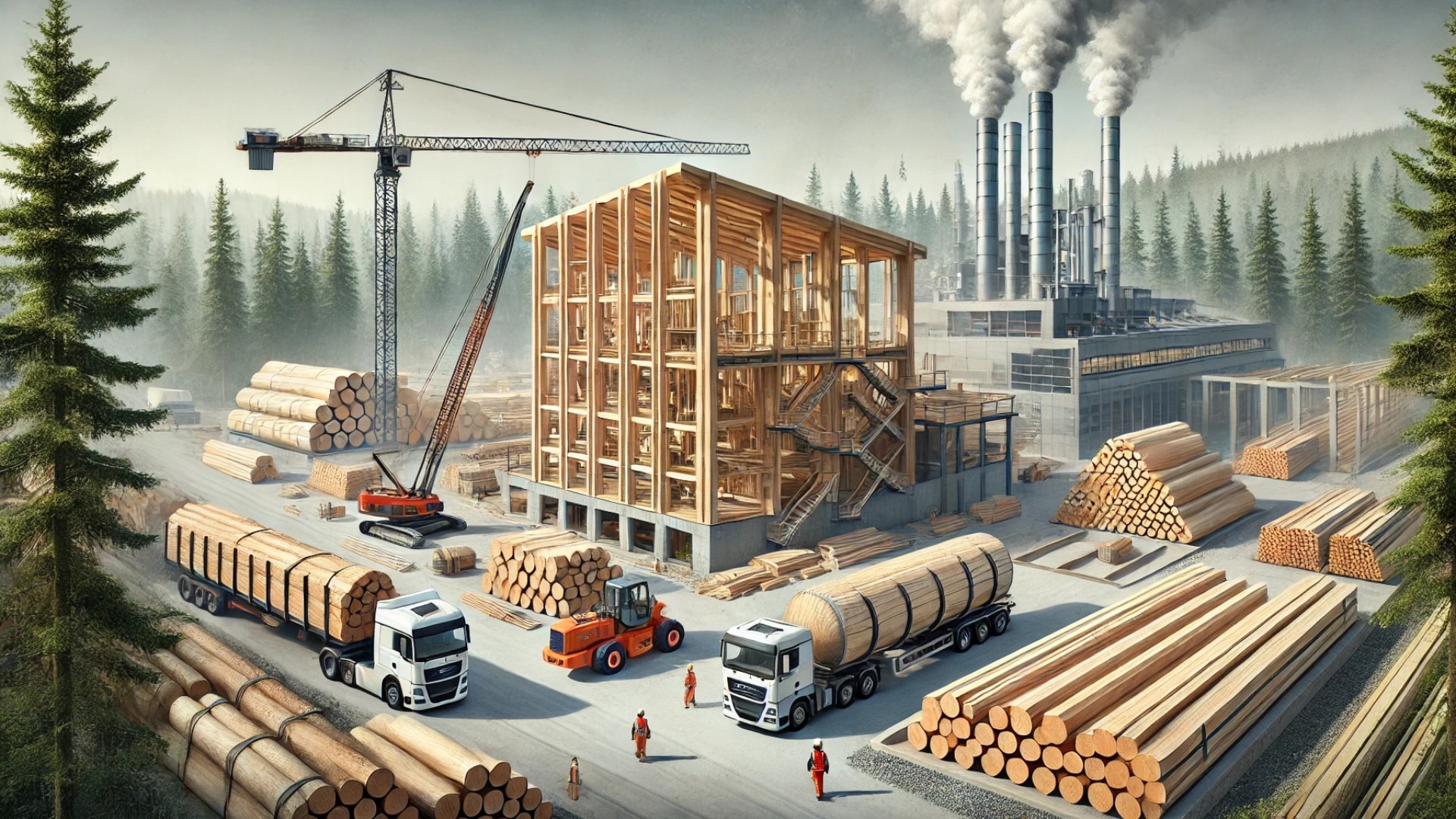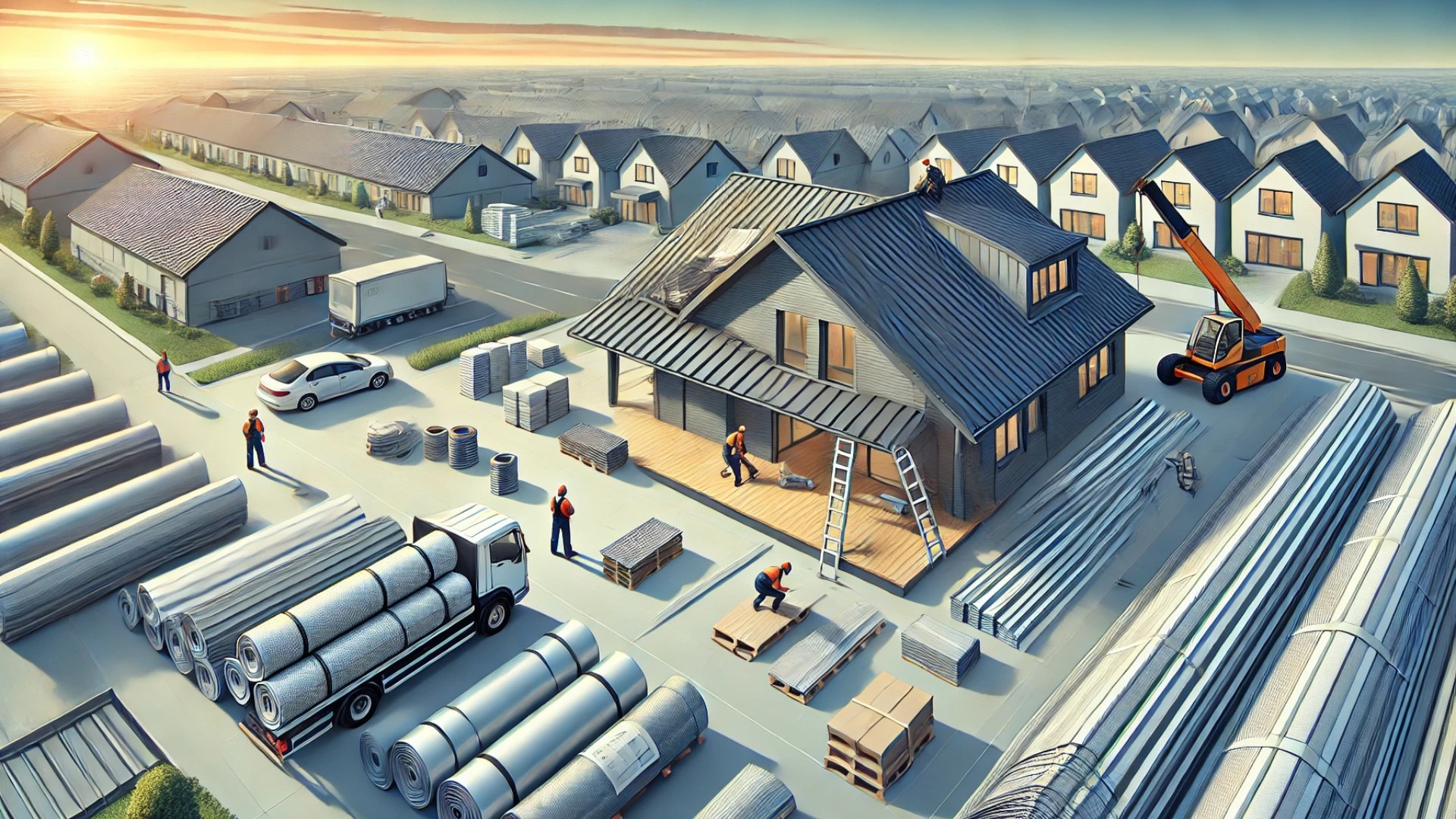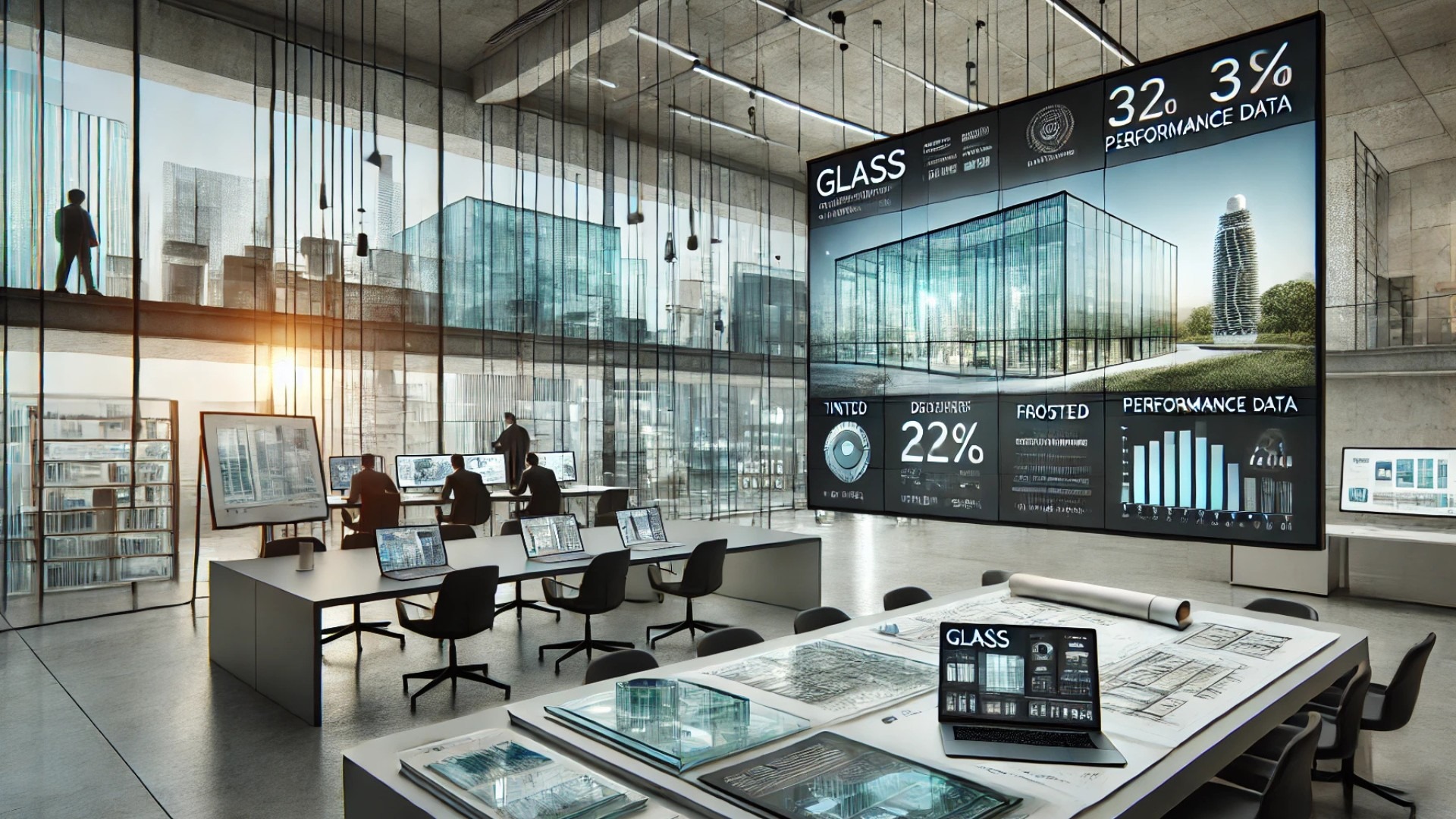
Understanding CO2e Emissions in Mass Timber: A Critical Perspective
The conversation around sustainability in construction has gained traction in recent years, particularly regarding mass timber production. Advocates celebrate timber as a renewable resource that sequesters carbon dioxide, potentially offering a lower carbon footprint than traditional materials like steel and concrete. However, a closer examination reveals a more complex reality regarding the real CO2e emissions associated with mass timber.
The Lifecycle Analysis of Mass Timber
Mass timber products undergo extensive processing, which can contribute significantly to their carbon emissions. At the outset, the transportation of timber from forestry sites to mills adds to the emissions footprint. Furthermore, the energy-intensive processes involved in transforming raw timber into engineered wood products such as cross-laminated timber (CLT) often utilize fossil fuels, counteracting timber's inherent carbon benefits. Lifecycle Analysis (LCA) provides a framework for understanding these emissions across various stages from raw material extraction to end-of-life disposal.
Debunking Common Myths About Timber's Sustainability
One prevailing myth is that all timber production is equally sustainable. In reality, sustainability varies significantly depending on forestry practices. Forest management systems differ greatly, ranging from sustainable harvesting methods to illegal logging practices, which could lead to deforestation and biodiversity loss. Understanding the source of timber and the practices involved in its production are critical steps for architects and builders concerned with sustainability.
Comparing Mass Timber with Other Materials
To comprehensively assess mass timber's environmental impact, comparisons with other building materials are essential. For instance, while steel and concrete might have high upfront emissions during production, they boast longevity and recyclability that can lower their lifetime emissions. Integrating these comparisons into the decision-making process can lead to more informed choices about materials.
Future Trends in Sustainable Building Practices
As technology advances, so too does our ability to improve the sustainability of building materials. Innovations in timber treatment methods and energy recovery systems during production could reduce the overall carbon footprint of mass timber. Additionally, growing interest in carbon credit systems might soon make it financially viable for builders to invest in sustainable practices that align with the industry's environmental goals.
Actionable Insights for Sustainable Building
For architects and builders, knowledge of materials' emissions is crucial in fostering sustainable practices. Engaging with certified suppliers, employing LCAs in project evaluations, and prioritizing local sourcing can mitigate carbon footprints significantly. Transparency in timber supply chains is also vital; builders must demand clearer labels indicating the sourcing practices of their materials.
In conclusion, embracing mass timber as a green alternative demands a nuanced understanding of its CO2e emissions. The key takeaway for builders is not just to look at timber's renewable aspects, but to also evaluate its entire lifecycle to make truly sustainable choices.
 Add Row
Add Row  Add
Add 

 Add Row
Add Row  Add Element
Add Element 




Write A Comment